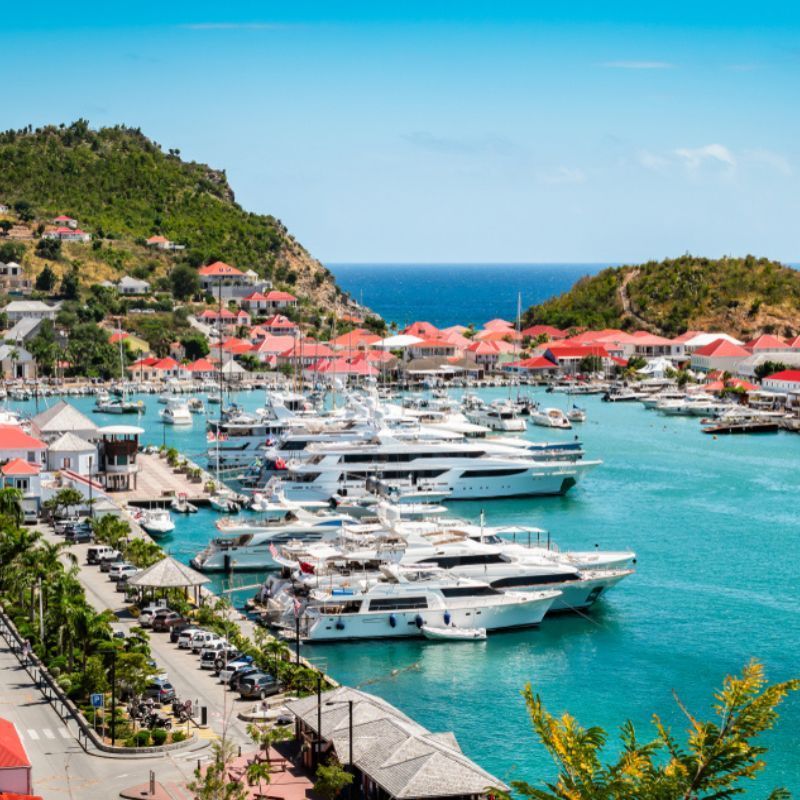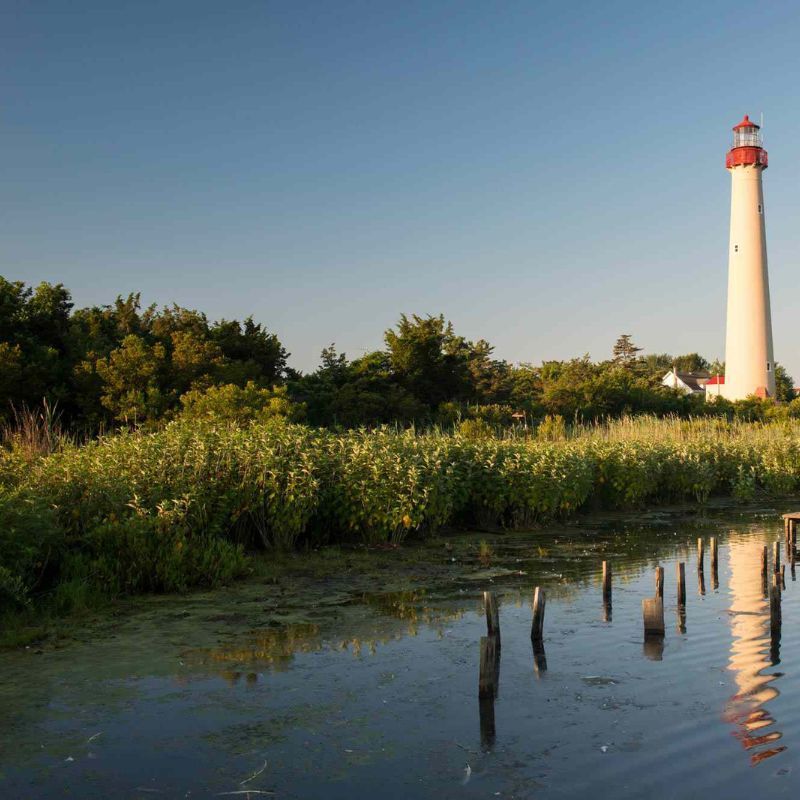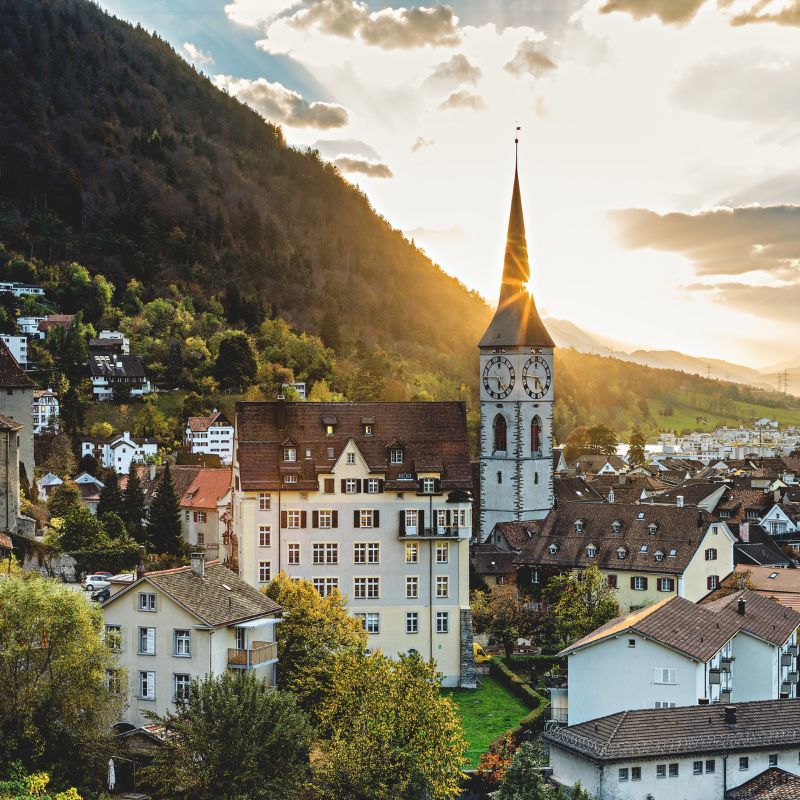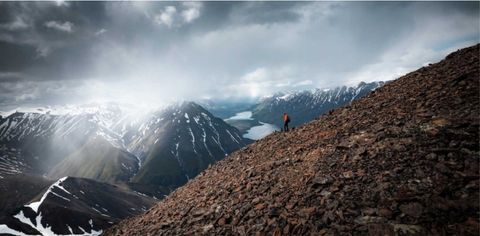
A trip to the Kluane National Park in Canada brings this writer closer than ever to nature. By Eva Holland
On a crisp grey morning last October, I sat in the passenger seat of a single-engine plane as it climbed above Kluane National Park & Reserve in western Canada’s Yukon territory. A dense layer of cloud hung above us, but farther ahead, at the top of the glacier-carved river valley, the sky was clear. We popped out from under the cloud almost at the same moment that the rock, running water, and evergreen forest below us began to vanish under a layer of ice. Soon, the plane was soaring over the Kluane ice field, a conglomeration of glaciers so vast and unbroken that it appears from the sky as one wide, white expanse: the world’s largest ice field this side of Antarctica or the Arctic Circle.
Kluane National Park in Canada is a must-visit for adrenaline junkies
Around the ice field’s edges, glaciers reach down into the valleys and melt into lakes and rivers, or hurl themselves into the cold ocean at the northern end of Alaska’s Inside Passage (a naturally sheltered sea route between the mainland and the islands of the Pacific Northwest). In some places, the mantle of ice is more than 3,000 feet thick.

High peaks were all around us. There was 13,944-foot Mount Kennedy, where a tattered copy of JFK’s inaugural address, left at the summit by Bobby Kennedy in tribute to his brother, is thought to still lie, frozen, under the snow. And straight ahead, the plane’s nose pointed at 19,550-foot Mount Logan: the tallest mountain in Canada. Kluane, Canada’s fifth-largest national park at more than 8,000 square miles (20720 square km), encompasses these giants and more. Yet this remote wilderness sees only around 30,000 visitors per year, most of them in the warmer months of May through September.
Even from 10,000 feet in the air, it’s difficult to grasp the scale of this landscape. Ordinarily, the flight turns the world into miniature, but the ice field only seemed more imposing as we climbed. Crevasses yawned, and I spied what looked like avalanche-prone terrain on the steep sides of the mountains. It was lovely, and it was terrifying.
In the 18th century, the Irish philosopher Edmund Burke articulated a distinction between the beautiful and the sublime, describing that feeling of awe evoked by the things he called “terrible objects.” These were places, experiences, and landscapes that, as the British nature writer Robert Macfarlane puts it, “seized, terrified, and yet also somehow pleased the mind by dint of being too big, too high, too fast, too obscured, too powerful, too something, to be properly comprehended.” Too big, too powerful, too something—that’s Kluane.
I was still struggling to grasp what I had seen when the little plane from Rocking Star Adventures set me down again on an airstrip in Haines Junction, a small town perched on the edge of the park. I drove to the Mount Logan EcoLodge (doubles from USD 275 or INR 20,674, including meals), a comfortable and convenient base for exploring Kluane. Once at the lodge, the peaks were everywhere I turned: out the windows of the main building, where owner Roxanne Mason and her small staff serve delicious family-style meals (on my second night: seared tuna steaks with a root-vegetable mash, then bourbon crème brûlée); from the hot tub where I soaked; and from the cosy little barrel cabin—one of several glamping-style outbuildings scattered around the property—where I would sleep that night.
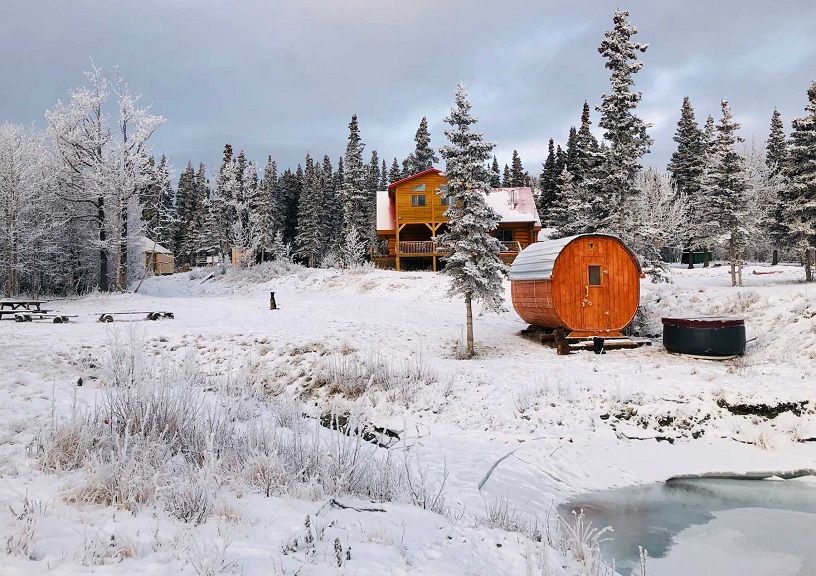
Later that afternoon, I headed out with my guide, John Lewicki, for a 4 x 4-assisted hike along one of the river valleys I’d flown over that morning. We bounced along in the vehicle while one of the lodge’s dogs, Freya, raced ahead. At one point, a long, graceful lynx bounded away and out of sight as we passed. Eventually, we parked and hiked to a viewpoint overlooking the Dezadeash River and the omnipresent mountains. We paused to unwrap bagels with smoked salmon and cream cheese, warming our hands on cups of tea.
From the plane earlier that day, the trail we were now following had been visible only as a thin line. Now, hiking that same line, I felt like I was tracing my fingers around one piece of an enormous jigsaw puzzle. From above, the view had been sublime in the word’s original sense—it was almost too much to take in. But I could now weigh this one piece of Kluane, take in its shape and heft, and fit it into the larger picture. Another time, maybe, I would get to know a different piece—through a rafting trip on the Dezadeash, say, or a hike on one of the area’s other trails. But for now, at least, a small part of this extraordinary place was more than enough.
Related: Top National Parks in North India That You Must Visit
This story first appeared on www.travelandleisure.com




